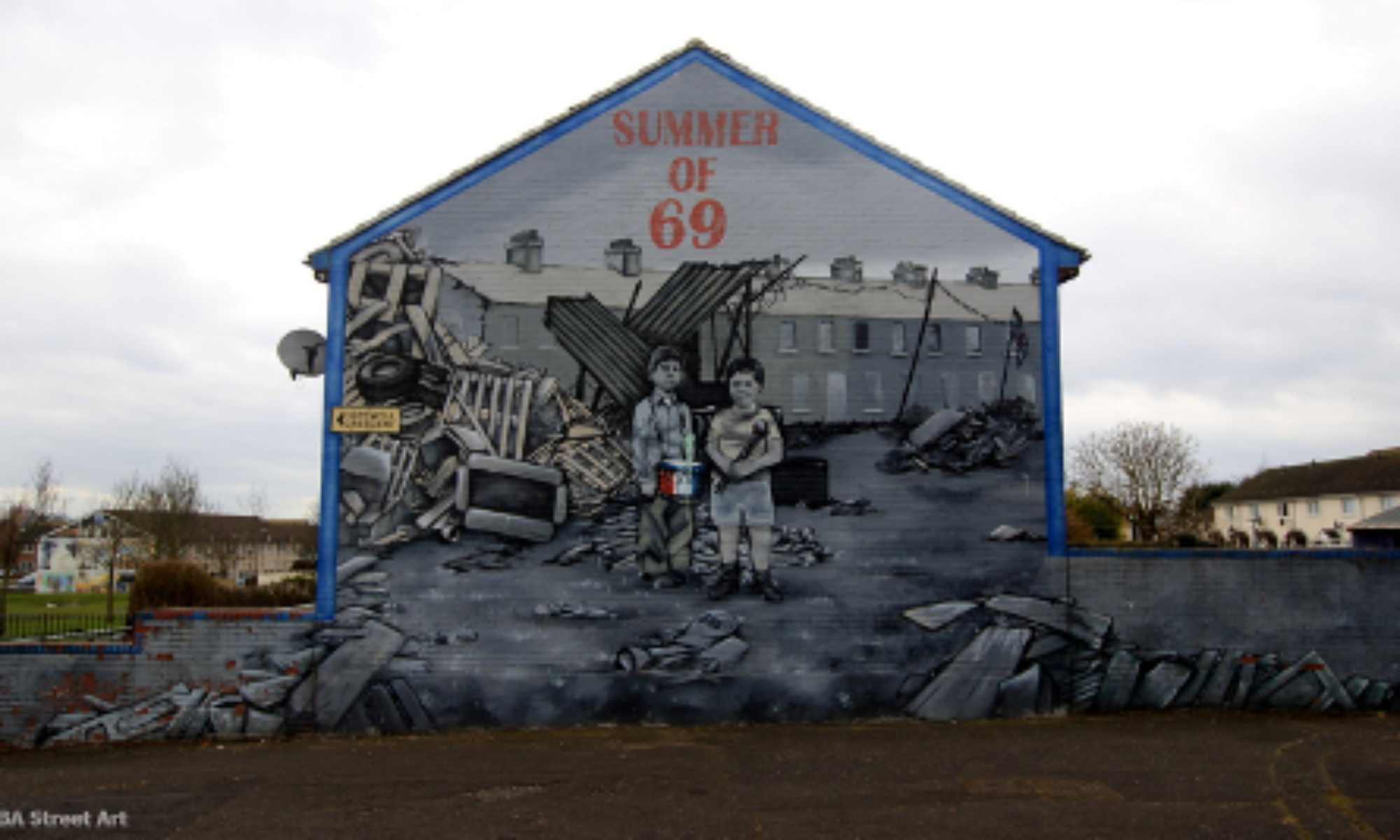The concept of testimony has stood out to me in reading The Trial of the Catonsville Nine. A testimony isn’t simply a recollection of events but a way to give witness to what one has done and why. These nine protesters gave testimony twice: first by their direct actions of protest against the Vietnam War and the corruption of the U.S. government and then again in the courtroom as they defended their actions as a form of free speech against grave evils in American society. In a sense, Daniel Berrigan even gives testimony a third time in writing the play, thirty-six years after the trial took place. Berrigan’s choice to write the testimonies of the defendants in poetic form instead of prose heightens the sense that they are not just speaking for themselves but for a greater cause. In each of these instances, the nine look beyond themselves to communicate what they believe to be universal truth: that each human person has inherent dignity and deserves to live.
The deeply Christian lens with which the nine view the injustices of the Vietnam War drew them to testify via civil disobedience rather than violent action. Several of the defendants remarked that civil disobedience was a very Christian act, with David Darst citing the biblical passage in which Jesus throws out the money changers in the temple as an example of Christ’s own civil disobedience. George Mische echoed that sentiment by stressing that the nine were not concerned at all with US law when they burned the draft files in napalm; rather, they were following a higher law of Christian love that impelled them to act in this small way to prevent further loss of life in the violence of the Vietnam War. Their protest, then, was a way to give witness to this higher law and remind the American people in a public and dramatic fashion that we ought to treat all people as human beings, not as objects to exploit or attack.
The Christian nonviolence of the Catonsville Nine closely aligns with the message of MLK. In “I See the Promised Land” MLK uses the example of the Good Samaritan to show how we need to “project the ‘I’ into the ‘thou’” and care for each other, no matter how different we may be. The Catonsville Nine modeled this by their willingness to spend several years in jail for giving witness to the thousands of people across the globe and in the US who were chained by various injustices. Their nonviolent protest echoes MLK’s preaching of love over hate.
While the testimonies of the Catonsville Nine and MLK were distinctly Christian, I think all of the works we’ve encountered this semester are different forms of testimony to the turmoil of the 1968 era. It will be interesting to compare the various approaches and motivations for these testimonies as we close out the semester, as they all center around the same volatile time period yet come from different angles to achieve different ends.
